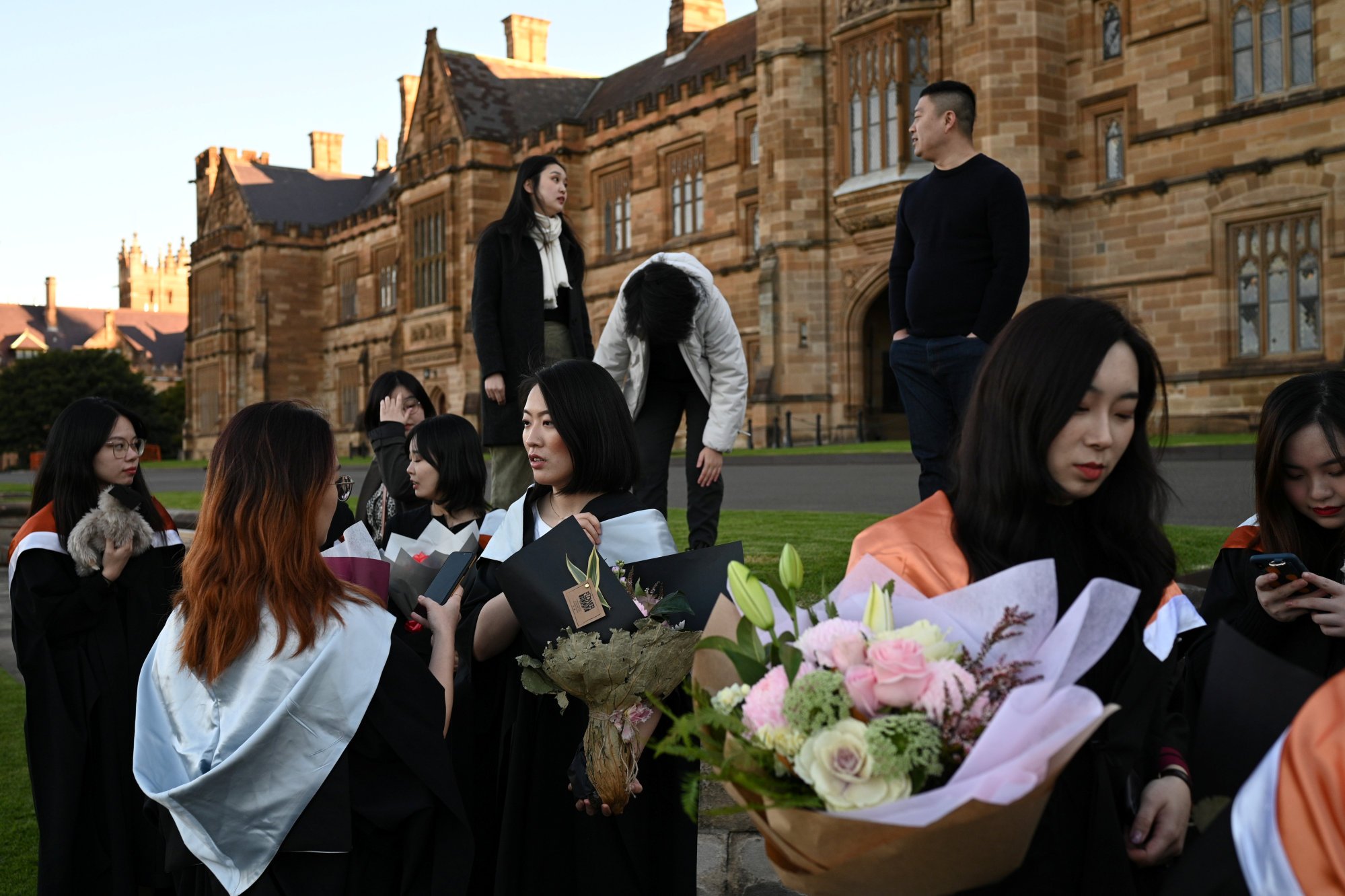
From anti-Asian hate to US-China tensions, Chinese students in America have much to grapple with
- New York’s first murder of 2024 – an Asian man – is a reminder of the spectre of violence facing immigrants
- However, without more direct contact between the youngest and brightest from China and US, the outlook for better relations is bleak
A few hours after the ball fell in Times Square marking the start of 2024, the US’ biggest city witnessed its first murder – involving a 29-year-old Asian resident. According to police, a bar fight in Queens spilled into the street where Tsering Wangdu, who came to the US from Nepal, and a friend were stabbed by an unknown assailant who fled. Neighbours and friends told the Daily News tabloid that Wangdu was a hard-working Uber driver, keen to help Asian orphans, a model immigrant trying to make it in the big city.
As foreign students finalise their applications to Columbia, New York University and other US educational institutions, hoping to gain acceptance in the autumn, the spectre of America’s violence weighs heavily.

I grew up in New York when the city was a mess and crime rates were soaring. I was mugged several times, generally involving small sums or my bus pass, although they didn’t feel small at the time. Later, reporting in places like Afghanistan and Iraq, those hard-won street smarts rather perversely proved useful when a heightened awareness for trouble prompted some quick departures, even without understanding the language.
This is not a skill that anyone should have to learn, however, particularly students from China and elsewhere in Asia.
All too often, once ensconced, groups show limited empathy for the next wave. My father’s family came from Ireland during the potato famine, when job advertisements included “Irish need not apply”. Having passed through the crucible of Irish discrimination, my father, rather classically, was an intolerant racist.
A few years ago, Irish rock star Bono made an impassioned plea to Irish Americans, as the mood toward Asians and other immigrant groups darkened, to remember their own history. Irish “were once the cockroaches” in the US, he said, and haven’t forgotten.
Asian students, whether they like it or not, are walking into these American complexities.
Chinese students declined for the third year in a row in 2022-2023, albeit modestly, although they still numbered around 290,000, down from 372,000 in 2019-2020. This comes as other groups have surged back after the pandemic. Indian student numbers rose 35 per cent from 2021-22 with the number of students from Brazil, Mexico, Nigeria, Nepal, the UK and Canada all up.
There are signs of hope, at least on the Chinese side. Students graduating in 2025 at Chinese high schools that offer an international curriculum – feeders into US and other foreign universities – are up 42 per cent over the 2021 graduating class.
Chinese student found in Utah woods after ‘cyber kidnapping’ scam
Less hopeful, if not positively shocking – and a testament to US short-sightedness – was the roughly 350 American students studying in China in 2022, down from around 11,000 in 2019.
There is enough blame on both sides and a lot of baggage for students to ponder as they pack their suitcases. But trust or distrust, understanding how the other side sees things, their historical touchstones from cowboys to Confucius, are a prerequisite for informed policy, reduced tensions and preventing inadvertent conflict.
Without more direct contact between the youngest and brightest, the outlook for better relations is bleak.
Mark Magnier is the Post’s US deputy bureau chief








